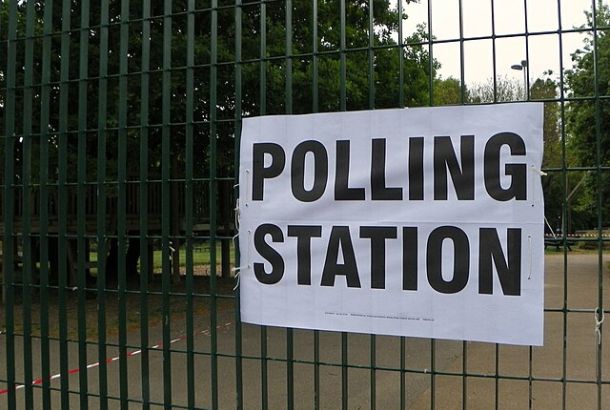Fuel cells could provide new green energy solutions
Scientists from University of Manchester, in collaboration with National Graphene Institute, have obtained ground breaking results by utilising 2D crystals in fuel cells, solving a huge fuel permeation problem that remained a major obstacle for commercialisation. This key step is considered as a main route to opening doors for viable green energy systems, whilst also decreasing currently used ones.
Fuel cells are often perceived as the energy technology of the future, as they provide sustainable, clean energy by using alcohols as fuels by a simple reaction. Hence, they are used widely in chargers, military applications, or other scenarios where the access to electricity is difficult. However, their efficiency is greatly hindered by the fuel permeation phenomena occurring in their engine room, creating undesired reactions inhibiting their performance.
Several materials have been reported in literature to date that have seen a reduction in fuel permeation but also restrict the flow of protons, which is also desirable for activity of fuel cells.
Nobel Laureates Andre Geim and his co-workers discovered the process of proton transfer in 2014, through graphene and other 2D materials. One additional feature with these materials is that they also restrict the passage of chemical components, which is an attractive for fuel cell usage. Unfortunately, their actual application in fuel cell systems has not yet been realised.
Manchester chemical engineering researchers have used this selective permeation phenomenon of graphene and 2D materials in their system and obtained tremendous improvement in performance of system by up to 50 per cent. In their recently published paper in Advanced Energy Materials journal, they have shown that these 2D crystals have prevented the fuel permeation, decreasing undesirable reaction to a great extent with no restriction to the movement of protons observed. This is expected to create a new trend in the usage of barrier layer materials in fuel cells.
So far we have tested in methanol fuel cells systems. We predict that this if this material could be properly utilised, this would lead to fuel cells undergoing massive size reduction, since the thickness of these materials is in 10-10 meters. We also plan to extend this phenomenon to fuel cells operating on different fuels such as hydrogen, ethanol, propanol formic acid etc.
If you’d like to find out more, you can read the full paper here.







